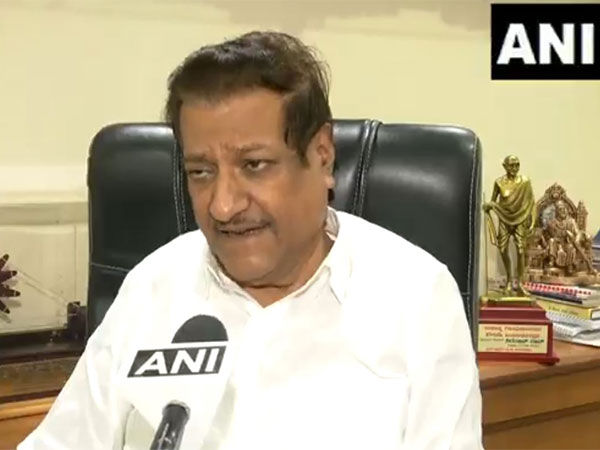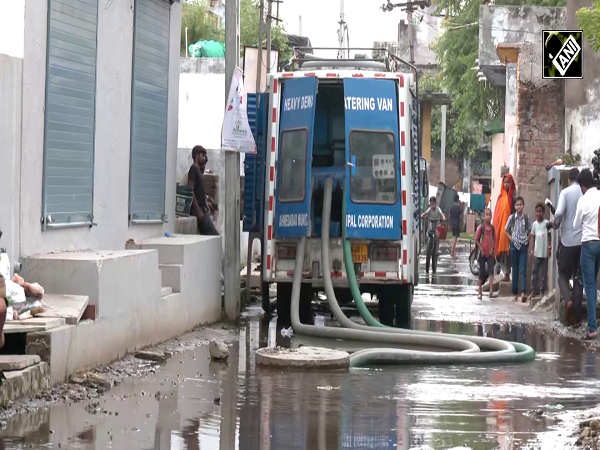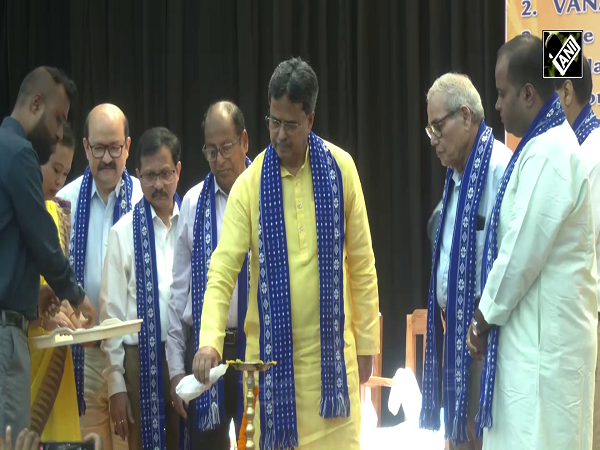National Centre for Seismology deploys 11 temporary stations to better understand quakes
Jan 05, 2021

New Delhi [India], January 5 : The National Centre for Seismology (NCS) has deployed 11 temporary additional stations covering the known faults in the National Capital Region to precisely locate earthquakes and their aftershocks for a better understanding of causes.
The move came after the National Capital Region of Delhi experienced four small earthquakes from April to August 2020, with the first event of magnitude 3.5 on April 12, 2020 in the northeastern boundary of NCT Delhi, during the lockdown, stated a press release by NCS of the Ministry of Earth Sciences on Monday.
These earthquakes were followed by a dozen of micro-events (M<3.0) including, a few aftershocks. All these events were located by the National Seismological Network (NSN), being operated and maintained by National Seismological Centre (NCS), Ministry of Earth Sciences. The epicenter of these events falls in three different areas, viz., north-east Delhi border, 15 km south-east of Rohtak (Haryana) and 17 km east of Faridabad (Haryana).
Soon after the second event of M3.4 on May 10, 2020, Ministry of Earth Sciences (MoES) had a detailed discussion with experts to address the ongoing earthquake activity and it was felt that it is necessary to characterize the earthquake sources in Delhi and surroundings through strengthening of local seismic network and delineation of sub-surface features such as fault, which may cause earthquakes. A fault is a fracture or discontinuity in a volume of rock.
Accordingly, NCS initiated the following activities: The seismic network in Delhi and surroundings was strengthened by deploying 11 temporary additional stations covering the known faults in the region to precisely locate the earthquakes and their aftershocks for a better understanding of the causative sources. Data from these stations are received in near real-time and used for locating the micro and small earthquakes in the region. The expanded network has now improved the accuracy of the epicenter location to 2 km.
A geophysical survey, namely, Magneto-telluric (MT) is also being conducted over the Delhi region. Magneto-telluric (MT) is a geophysical method which uses natural time variation of the Earth's magnetic and electic fields to understand geological(underground) structure and processes. These measurements are conducted across three major seismic sources, namely Mahendragarh-Dehradun Fault (MDF), Sohna Fault (SF) and Mathura Fault (MF). These measurements will ascertain the presence of fluid, which generally enhances the possibility of triggering of earthquakes. This survey is carried out in collaboration with Wadia Institute of Himalayan Geology (WIHG), Dehradun.
Analysis and interpretation of satellite imageries and geological field investigations for locating the faults are also carried out. This information along with the results of MT survey will be useful in accurate assessment of seismic hazard. This information can also be used for designing the earthquake resistant buildings, industrial units and critical structures like, hospitals and schools etc. The study is being conducted by NCS in collaboration with Indian Institute of Technology (IIT), Kanpur.
Both the field surveys, geophysical and geological, are progressing well and are expected to be completed by March 31, 2021.
















